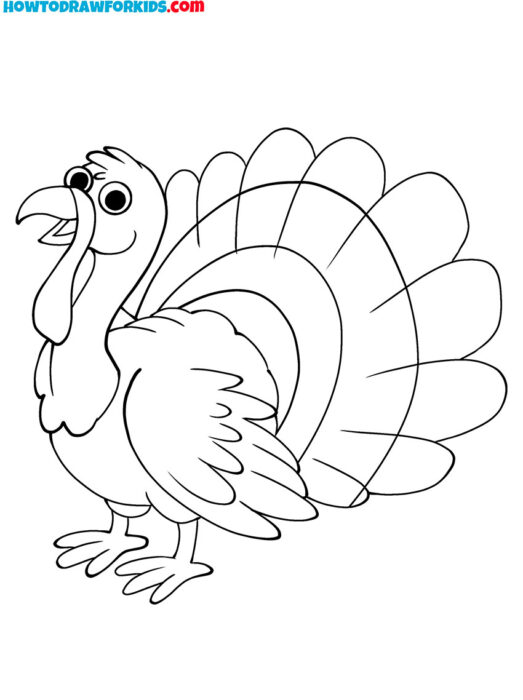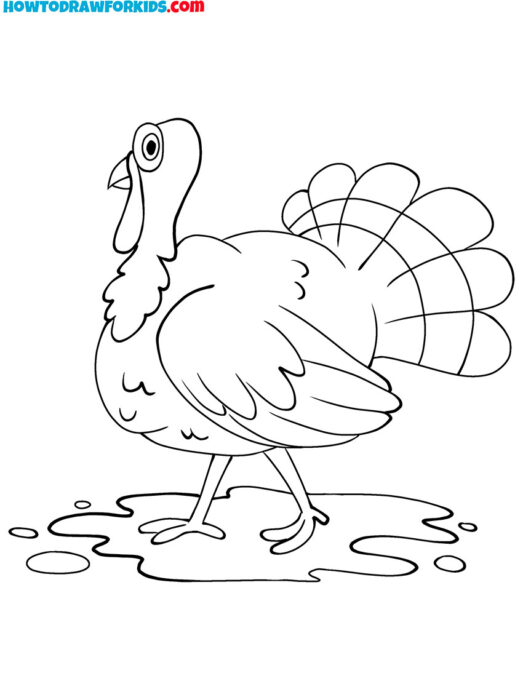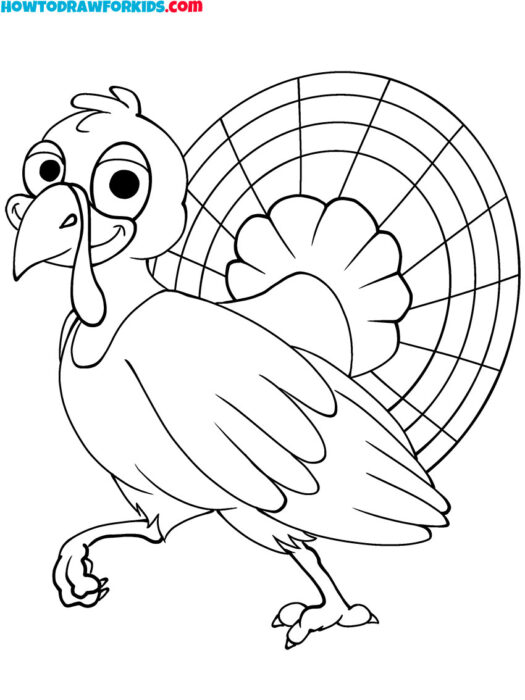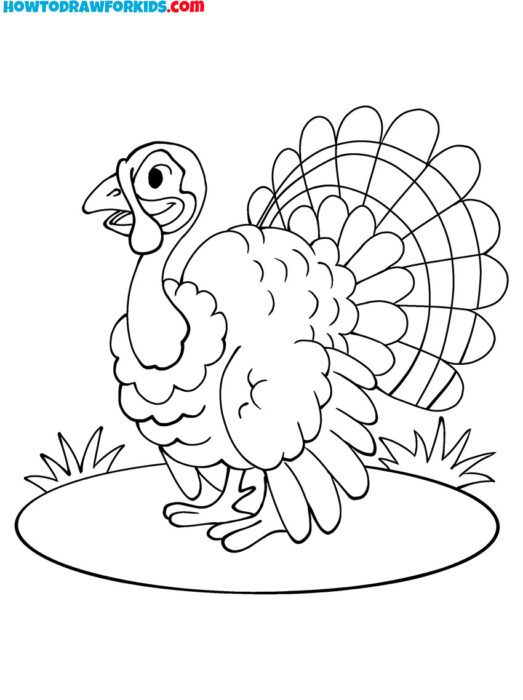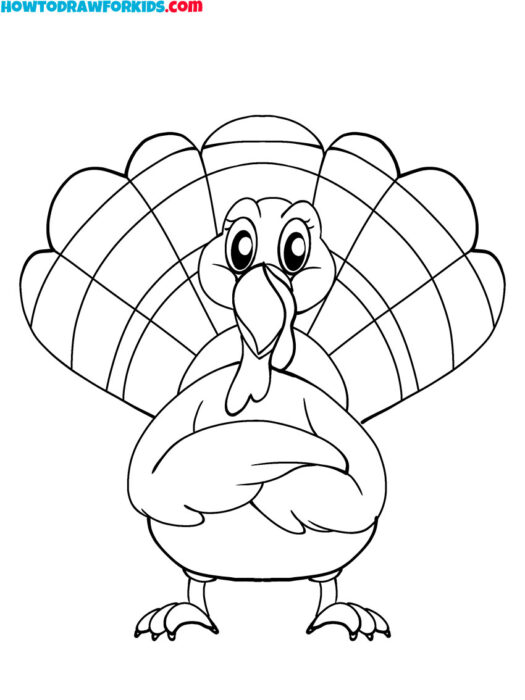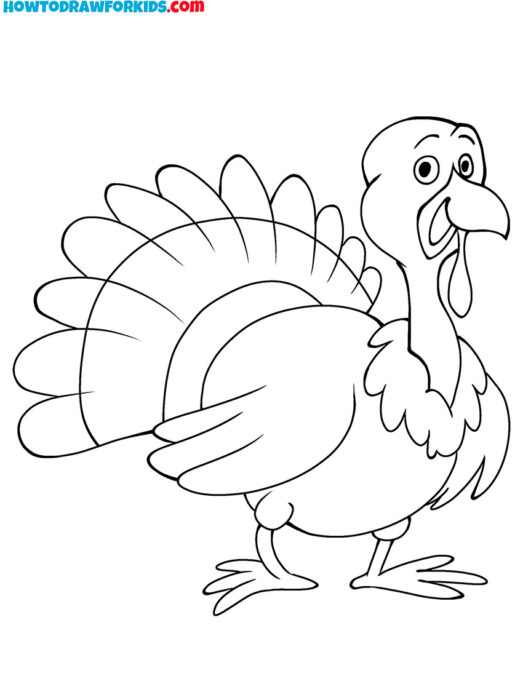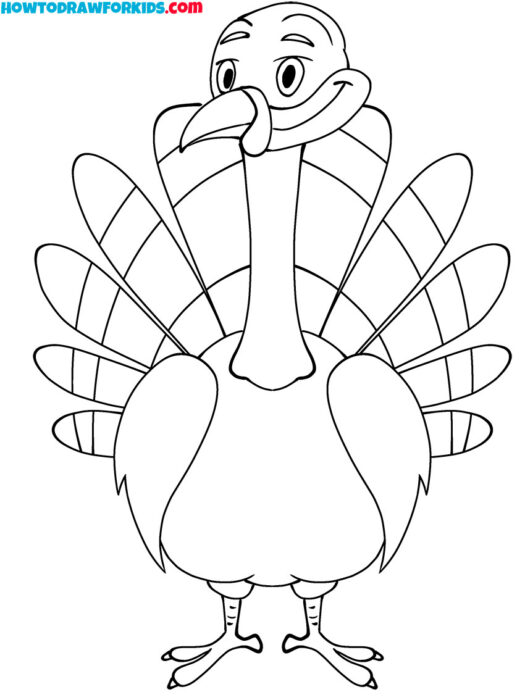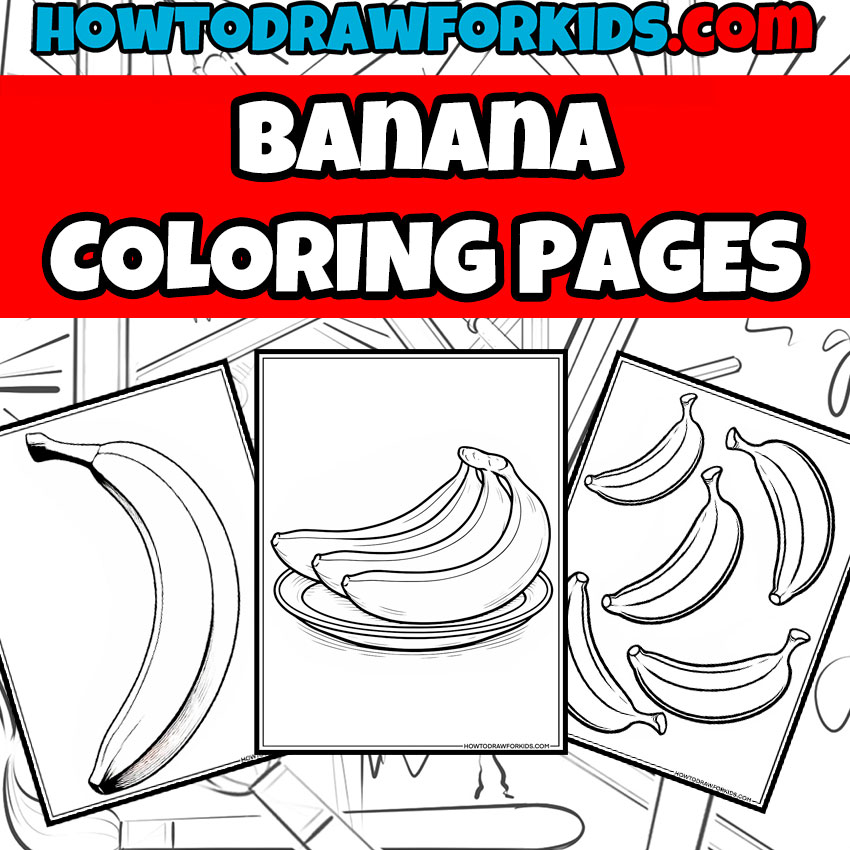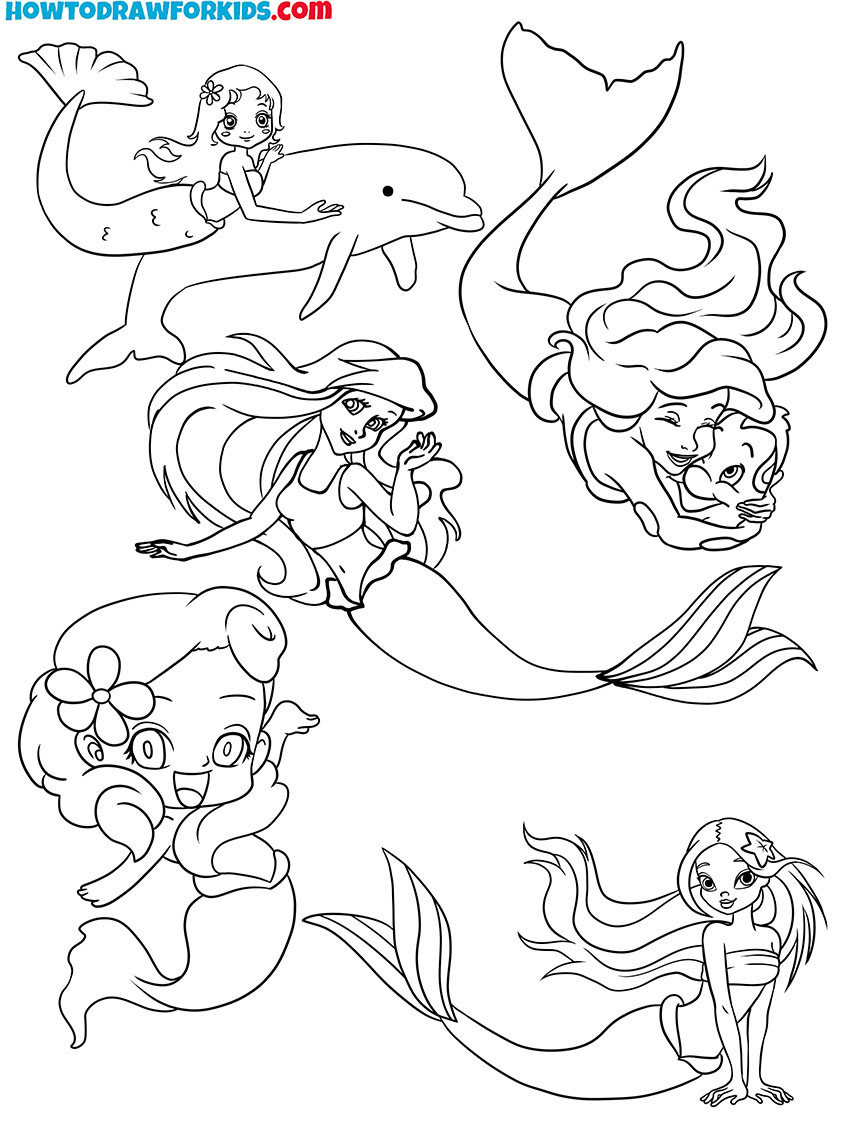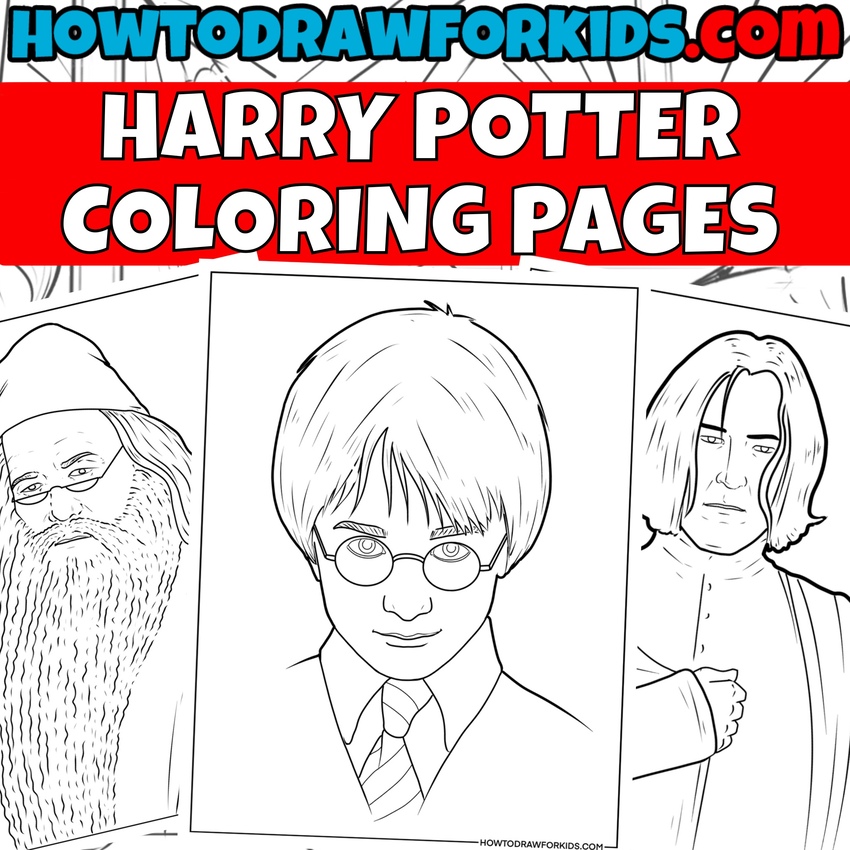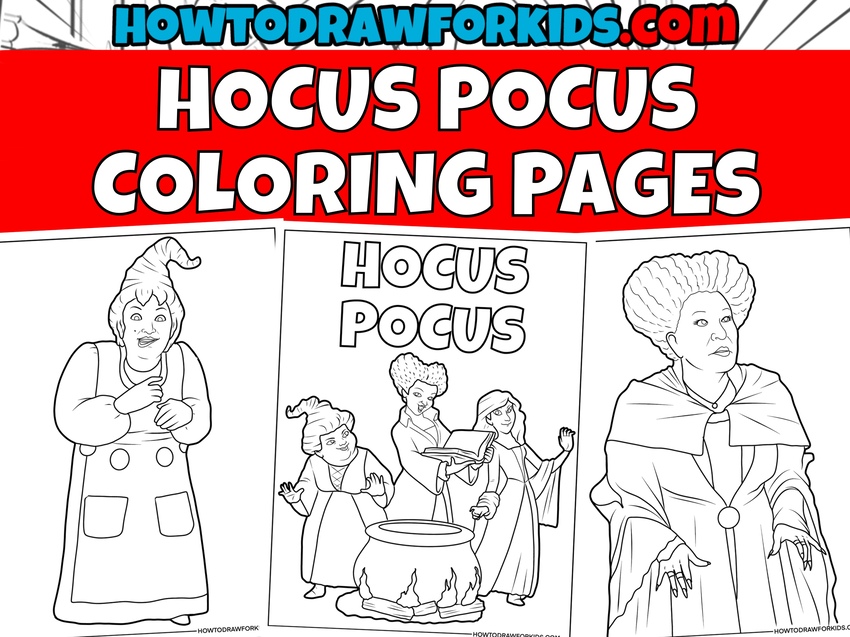Turkey Coloring Pages
In this collection you will see many turkey coloring pages drawn in different styles, from cute and cartoonish to quite realistic.

Turkey Coloring Pages: Introduction
Welcome to a new collection of turkey coloring pages. You can use your favorite crayons or colored pencils to fill in various turkey images.
Each turkey drawing is illustrated in a different style, giving you many options to learn different approaches to coloring. Whether you’re coloring a realistic or more abstract turkey, you can adjust your color choices to match the style.
When coloring turkeys, it’s important to consider the tones and shades. Traditional colors like browns, oranges, and reds can be used for a realistic look. You might want to layer colors to create more realistic look, starting with a base color and adding shadows with darker shades.
For a more vibrant or non-traditional look, feel free to experiment with unusual colors like purples, blues, or even patterns that make the turkey look really interesting and unusual.
If you’re working on a more detailed turkey illustration, consider how the feathers are layered. For simpler designs, you might choose to use solid colors and clean lines, focusing on keeping the shapes clear and bold. Pay attention to the smaller elements, such as the beak and feet, which may need colors that contrast with the body to highlight those areas effectively.
Turkey Coloring Pages
Color Schemes for Tirkey Coloring Pages
When coloring turkeys, focus on the body and feathers first. Traditional colors like brown, red, and orange are commonly used. Start with a base color for the body, typically a medium brown, and add shading with a darker brown or black around the edges
For the feathers, you can use a mix of red, orange, and yellow to create contrast. You can alternate colors between feathers to give the turkey a more interesting look. Pay attention to areas that require shading to make the feathers look more realistic.
For the head and neck, you can use red or blue, depending on the style of the turkey. The beak is usually colored in a yellow or orange shade, and you can highlight the eyes using a black or dark brown for the pupil, leaving a small white area for reflection. The feet are often colored yellow or light brown. When shading, consider using a darker version of the base color to add realism.
When coloring pumpkins on these turkey colorong pages, focus on orange as the base color. To add realism, use darker orange or brown for shading around the edges, and a lighter yellow-orange in the center. The stem is usually green or brown, and adding a little shading at the base of the stem will make it look more realistic.
For pilgrim hat on the turkey, use black or dark gray as the main color. Using a slightly darker shade of black around the edges of the hat can give it a more three-dimensional appearance.
For the pie on the illustration, the crust can be colored in shades of light brown or beige. To add texture, you can use darker shades along the edges or where the crust would naturally be more browned.
FAQ
Yes, you can experiment with non-traditional colors if you prefer a more unusual approach. Purples, blues, and greens can be used to give the turkey a more abstract look. However, if you’re aiming for a more realistic depiction, it’s best to stick with browns, reds, oranges, and yellows.
To make the turkey stand out, use contrasting colors for the surrounding elements. If you’re coloring pumpkins, pilgrim hats, or pies, choose colors that are different from the shades you used on the turkey. You can also make the turkey more prominent by adding more detail and shading to its feathers, body, and other key areas, while keeping the background elements simpler.
The wattle (the skin under the turkey’s neck) and the snood (the skin hanging over the beak) are typically bright red. To make these features stand out, use a bold red color and add some shading with a darker red or maroon. You can also use a very light touch of white or pink to highlight the raised areas for a more realistic look.
The tail fan is often the most prominent and colorful part of the turkey. Use alternating colors for each feather, such as browns, reds, yellows, and oranges, to give it a realistic appearance. To create a sense of dimension, shade each feather along its base or edges with a slightly darker tone of the same color.
Yes, the beak is often a slightly different shade than the feet. You can use a yellow or orange base for the beak and add darker shades like brown for shading along the edges and where the beak meets the head. This creates contrast and helps separate the beak visually from the rest of the turkey’s face.
Coloring the background can improve the overall look of your turkey. You can use autumn colors like soft browns, oranges, and yellows to represent an outdoor setting with fallen leaves or grass. Keeping the background light and soft will help the turkey stand out as the main focus.
Conclusion
As you complete the turkey coloring pages, you can check out other materials available on my site. There are additional coloring options, such as mermaid coloring pages, or you can work on improving your skills with various step-by-step drawing guides, including how to draw a dog.
You can also find articles focused on seasonal topics, including instructions for creating Christmas drawings. For regular updates on new lessons and materials, consider following on social media to stay informed about the latest content.

